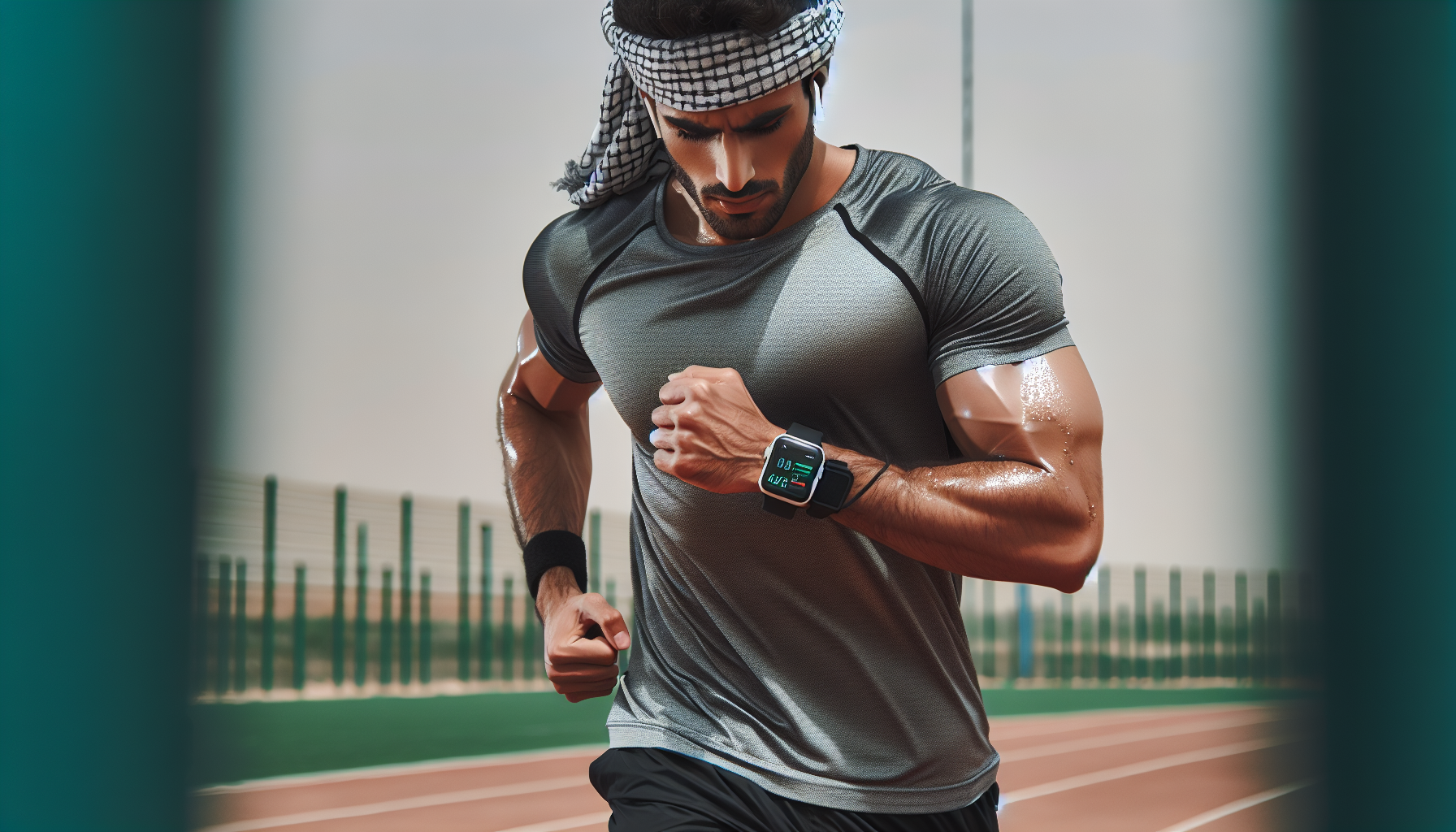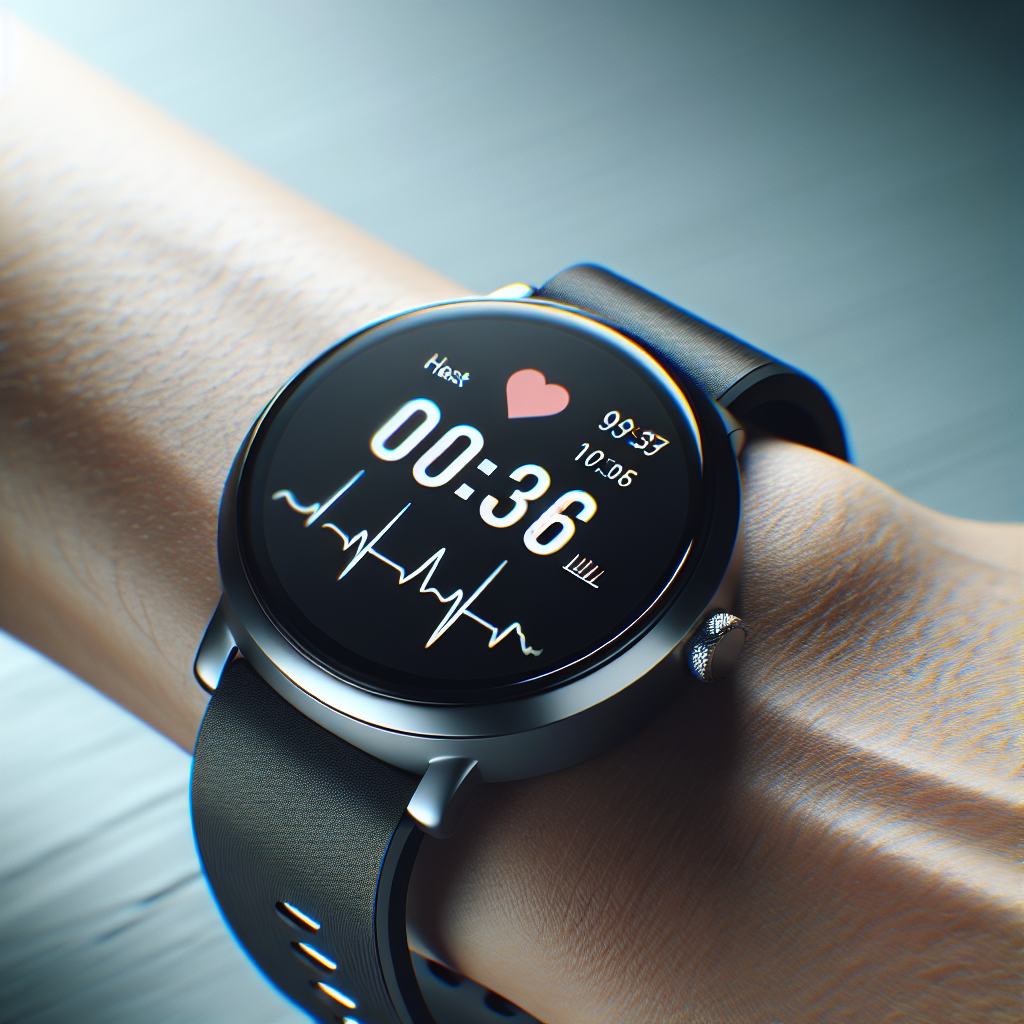Heart rate monitoring is a crucial component of maintaining cardiovascular health. With the advent of innovative wearable technology, individuals now have unprecedented access to real-time data about their heart’s performance, both during physical activity and at rest. These devices not only provide valuable insights into one’s personal health but also empower users with the information needed to make informed decisions about their lifestyle and activities.
The Importance of Heart Rate Monitoring
Monitoring your heart rate is vital for various reasons. It can help you to:
- Gauge Exercise Intensity: Knowing your heart rate during exercise lets you adjust the intensity to stay within a target zone, ensuring you’re working out safely and effectively.
- Track Cardiovascular Health: Regular monitoring can reveal trends over time, which may indicate improvements in fitness or early signs of potential health issues.
- Manage Stress: Heart rate patterns can reflect stress levels, allowing individuals to take proactive steps to manage stress through relaxation techniques or other interventions.
- Improve Sleep: Some wearable devices track heart rate variability during sleep, which can provide insights into sleep quality and overall health.
For more comprehensive information on heart health, visit Avix Health’s Cardiovascular Health resource.
Evolution of Wearable Heart Rate Monitors
The evolution of wearable technology has been remarkable. Early models were often bulky and uncomfortable, with limited functionality. Today’s devices, however, are sleek, stylish, and packed with features that go far beyond mere heart rate tracking. They can count steps, monitor sleep, track caloric burn, and even provide smartphone notifications.
Modern wearable tech utilizes optical heart rate sensors, which use light to measure blood flow through the skin, providing heart rate data without the need for uncomfortable chest straps. This advancement has not only improved user comfort but also accessibility, encouraging more individuals to take an active role in monitoring their health.
Integrating Wearables into Daily Life
Incorporating wearable tech into your daily routine is quite straightforward. Here are some tips to get the most out of your device:
- Consistency is Key: Wear your heart rate monitor regularly to track trends and get the most accurate insights into your health.
- Understand the Data: Take some time to learn what the numbers mean and how they relate to your health and fitness goals.
- Set Goals: Use the data to set realistic and achievable health and fitness goals.
- Pair with Apps: Many wearables connect to apps where you can analyze your data more deeply and even get personalized recommendations.
Latest Trends in Wearable Heart Rate Monitors
The latest wearable devices are now incorporating advanced features like:
- ECG Functionality: Some devices offer electrocardiogram (ECG) capabilities, which can detect irregular heart rhythms.
- Stress Management: Advanced algorithms analyze heart rate variability to provide stress level assessments.
- Integrated Health Platforms: Many wearables are part of broader health ecosystems, which can include telehealth services and personalized health insights.
For a deeper understanding of the impact of lifestyle on heart health, consider reading about the Effects of Green Tea on Cardiovascular Wellness.
Choosing the Right Wearable Tech
When selecting a heart rate monitoring wearable, consider the following:
- Accuracy: Look for devices known for reliable heart rate measurement.
- Comfort: Choose a device that fits well and can be worn for long periods without discomfort.
- Battery Life: Ensure the device can last through your typical day or workout routine.
- Compatibility: Check that the device syncs with your smartphone or any apps you wish to use.
- Extra Features: Decide which additional features, like activity tracking or sleep monitoring, are important to you.
For insights into the effects of diet on heart health, the article on Strategies for Reducing Sodium Intake for Heart Health is an excellent resource.
External Resources to Enhance Your Understanding
In the vast sea of information available, here are some niche and specific resources that provide valuable insights into wearable technology and heart rate monitoring:
- The American Heart Association’s Guidelines for Physical Activity offer a framework for understanding how heart rate ties into overall fitness and activity levels.
- Journal of Personalized Medicine’s research on wearables provides scientific insights into the accuracy and efficacy of different wearable technologies.
- Harvard Health’s discussion on heart rate variability and its significance in monitoring stress and overall well-being.
- The Sleep Foundation’s analysis of sleep tracking tech helps you understand how wearables can contribute to better sleep quality.
- The International Journal of Telemedicine and Applications offers in-depth research on how wearable devices are integrated into telehealth services.
By keeping these resources at your disposal, you can ensure you are well-informed about the latest in wearable tech and its application to heart rate monitoring.
Final Thoughts
Wearable technology for heart rate monitoring represents a significant leap forward in personal health management. By providing real-time data and insights, these devices allow individuals to make informed decisions and adjustments to their lifestyle, exercise regimen, and stress management techniques.
As technology continues to advance, we can anticipate even more sophisticated features and integrations that will further empower individuals to take control of their cardiovascular health. Whether you are a fitness enthusiast, someone with chronic health conditions, or just someone interested in maintaining a healthy lifestyle, there is a wearable heart rate monitor out there for you.
Remember, knowledge is power, and with the wealth of information these devices provide, along with the resources and articles available, you are well-equipped to take your heart health into your own hands. Stay informed, stay engaged, and let wearable technology be your partner in achieving a healthier, more active life.



